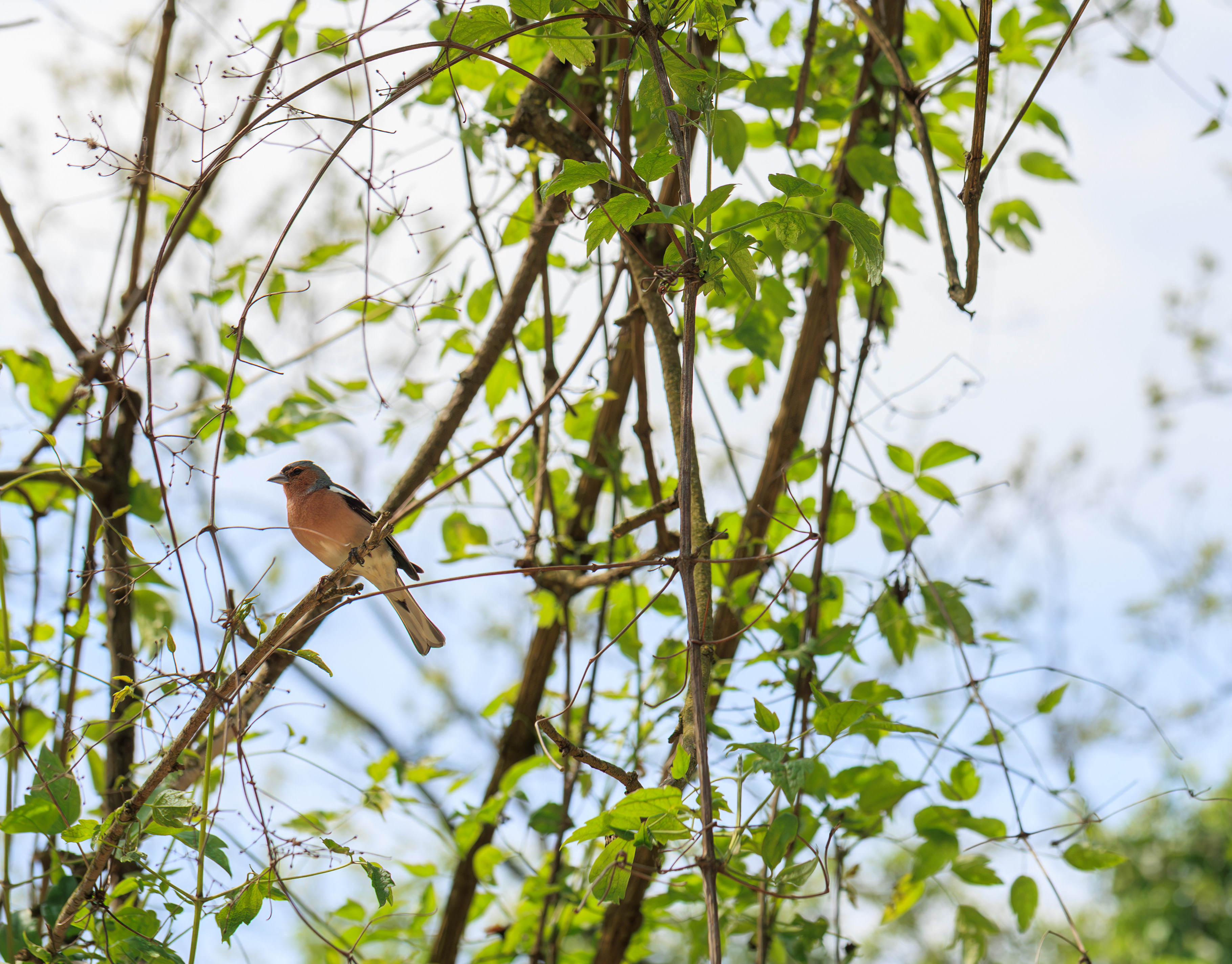Arılar, 4 Zar Kanatlılar - Bees, 4 Lace-winged
Dünyadaki canlı çeşitliliği o kadar muazzam boyutlardadır ki bir canlıyı incelemeye başladığınızda çok farklı boyutlarıyla bir dünya karşınıza çıkar. Her biri bir alemde, şubeleriyle, sınıflarıyla, takımlarıyla, aileleriyle, cinsleriyle kocaman bir canlı grubuna baktığınızı farkedersiniz. Sizde hayret uyandırması pek muhtemeldir. Arılar da, tahminlere göre dünyadaki hayvanların %90’ını oluşturan muazzam büyüklükteki “Böcekler” sınıfının, “Zar Kanatlılar” takımına bağlı, çeşitli türlerde canlı gruplarındandır. Arı deyince aklımıza ilk bal arıları gelse de, bal yapmayan tozlaştırmada rol alan arılarda vardır. Yaban arıları, tüylü arılar, yaprak arıları, ter arıları, guguk arıları, eşek arıları, uzun antenli arılar, kazıcı arılar, madenci arılar ve daha sayamadığım bir çok cinste arı vardır. İşin ilginci arılar, insanoğlundan önce bu dünyada var olmasına ve insanoğlunun bal üretiminden dolayı faydanlandığı hayvanlar olmasına rağmen çoğu kimse onların karakteristik özelliklerini pek bilmez. Arıların 4 kanatları ve çoğunda 2 gözlerine ek başlarının üstünde ışık sensörü benzeri 3 adet basit gözleri vardır. Hızlarından dolayı yakından bakıldığında bile pek ayırt edilmese de, biri küçük biri büyük iki çift zar kanatları vardır. Polen dağıtımında da rollerinin çok büyük olduğu zaten malumunuzdur.
The diversity of living things in the world is so enormous that when you start examining a living being, a world with very different dimensions appears to you. You realize that you are looking at a huge group of living things, each in a kingdom, with their phyla, classes, orders, families, and genera. It's likely to surprise you. Bees are also a group of living things belonging to the order of “Hymenoptera" of the enormous "Insects" class, which, according to estimates, constitute 90% of the animals in the world. Although honeybees are the first thing that comes to mind when we say bees, there are also bees that do not produce honey but play a role in pollination. Such as bumblebees, wasps, leaf wasps, sweat bees, cuckoo bees, long-horned bees, digger bees, miner bees there are many types of bees that I have not referred here. Interestingly, although bees existed in this world before mankind and are animals that mankind benefits from due to honey production, most people do not know their typical characteristics. Bees have 4 wings and most have 2 eyes plus 3 simple light-sensor-like basic eyes on top of their heads. They have two pairs of lacewings, one small and one large, although they are not very distinguishable even when viewed up close due to their speed. As you may already know, they have a major role in pollination.
Apis cinsi bir bal arısı - A honey bee of the genus Apis
Apis cinsi bir bal arısı - A honey bee of the genus Apis
Apis cinsi bir bal arısı - A honey bee of the genus Apis
Apis cinsi bir bal arısı - A honey bee of the genus Apis
Apis cinsi bir bal arısı - A honey bee of the genus Apis
Lasioglossum cinsi bir ter arısı - A sweat bee of the genus Lasioglossum
Bombus cinsi bir tüylü arı - A bumble bee of the genus Bombus
Apis cinsi bir bal arısı - A honey bee of the genus Apis
Tenthredo cinsi bir yaprak arısı - A sawfly (earth nesting wasp) of the genus Tenthredo
Anthophora cinsi bir kazıcı çiçek arısı - A digger bee of the genus Anthophora
Eucera cinsi uzun antenli bir arı - A long-horned bee of the genus Eucera
Apis cinsi bir bal arısı - A honey bee of the genus Apis
Halictus cinsi bir ter arısı - A sweat bee of the genus Halictus
Galerideki fotoğraflara daha yakından bakmak için üzerlerine tıklayın.
Click on the photos in the gallery to take a closer look.

© All rights reserved. Tüm Hakları Saklıdır. Cem Kurtuluş, 2022-2026
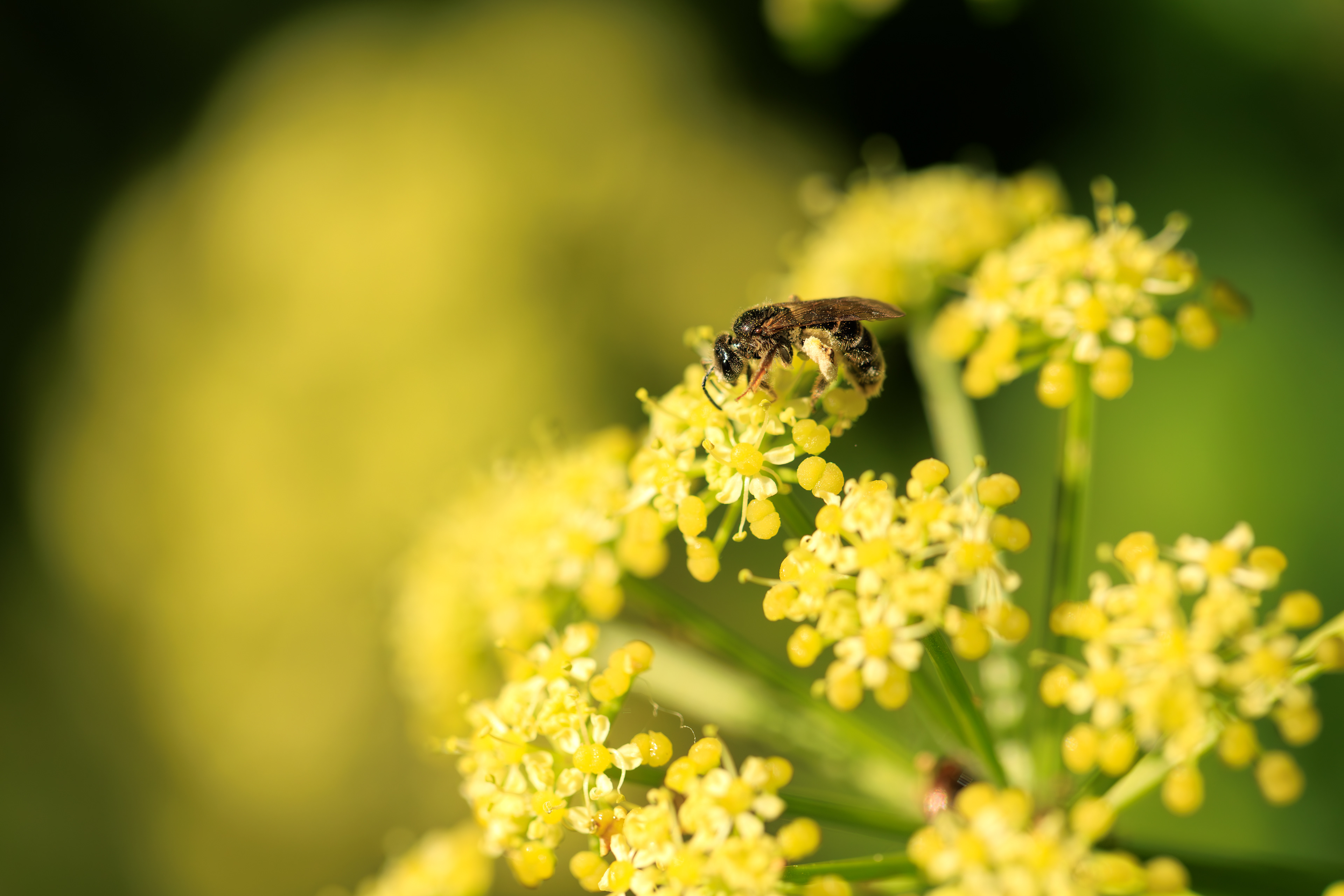
© All rights reserved. Tüm Hakları Saklıdır. Cem Kurtuluş, 2022-2026

© All rights reserved. Tüm Hakları Saklıdır. Cem Kurtuluş, 2022-2026

© All rights reserved. Tüm Hakları Saklıdır. Cem Kurtuluş, 2022-2026
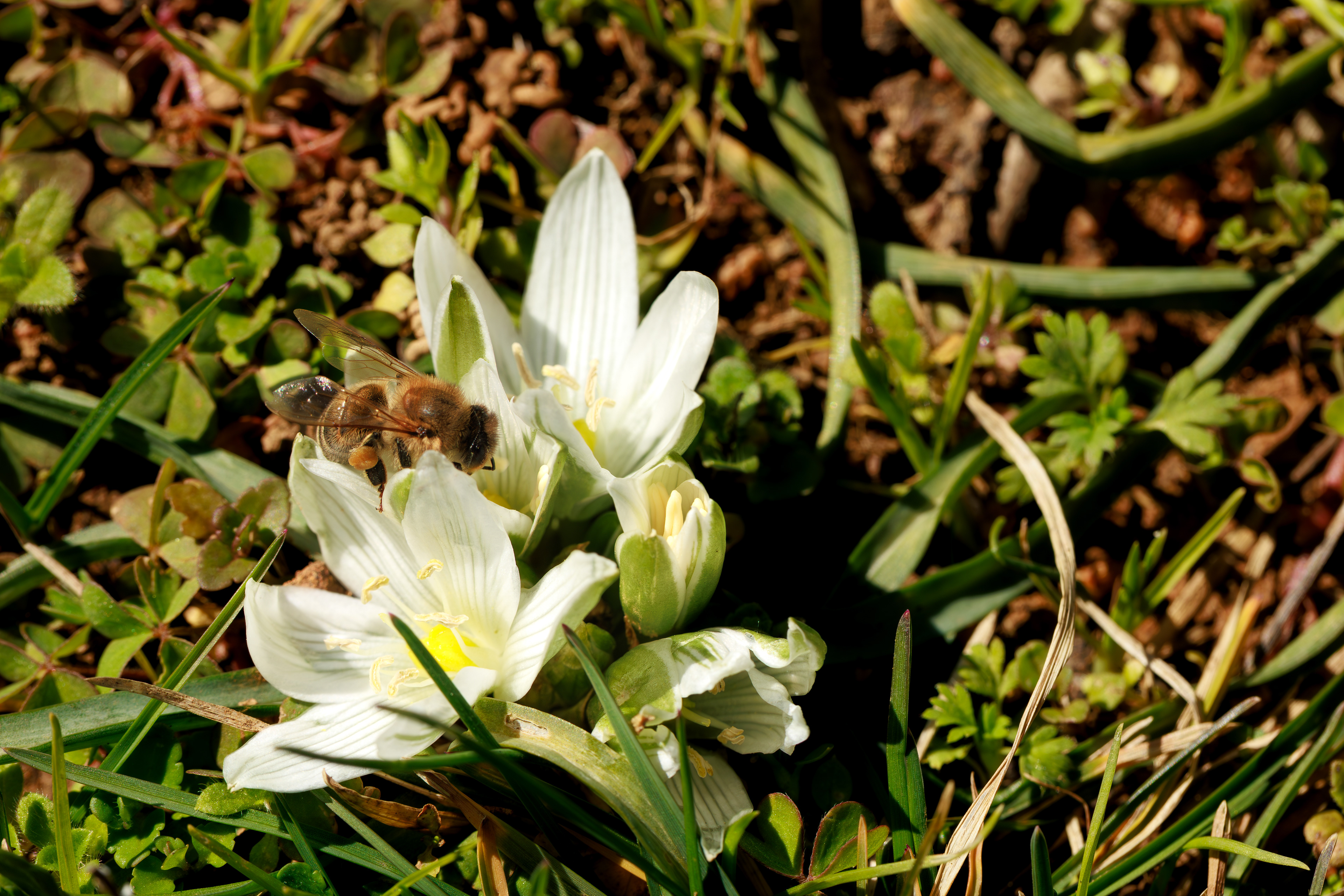
© All rights reserved. Tüm Hakları Saklıdır. Cem Kurtuluş, 2022-2026

© All rights reserved. Tüm Hakları Saklıdır. Cem Kurtuluş, 2022-2026
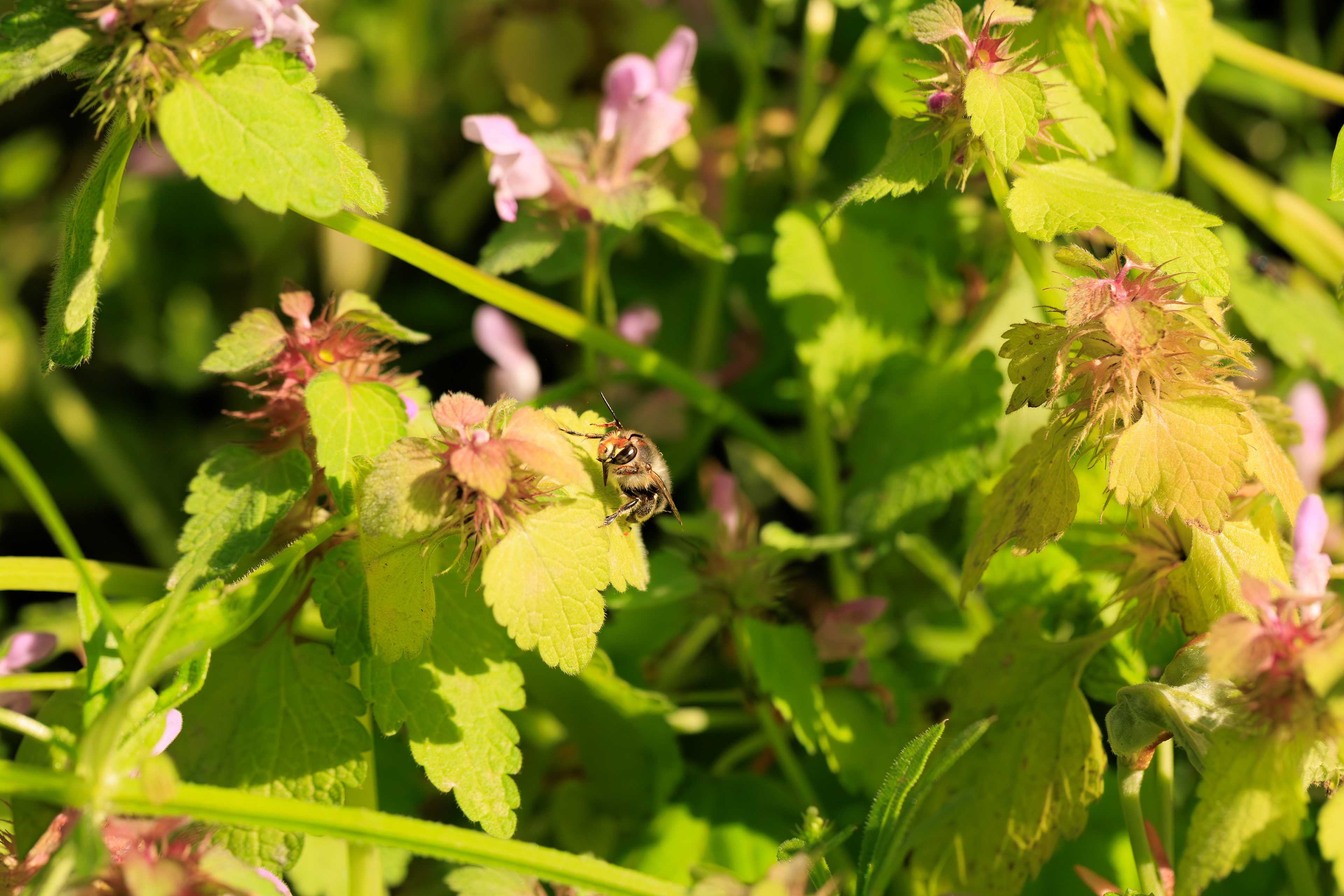
© All rights reserved. Tüm Hakları Saklıdır. Cem Kurtuluş, 2022-2026
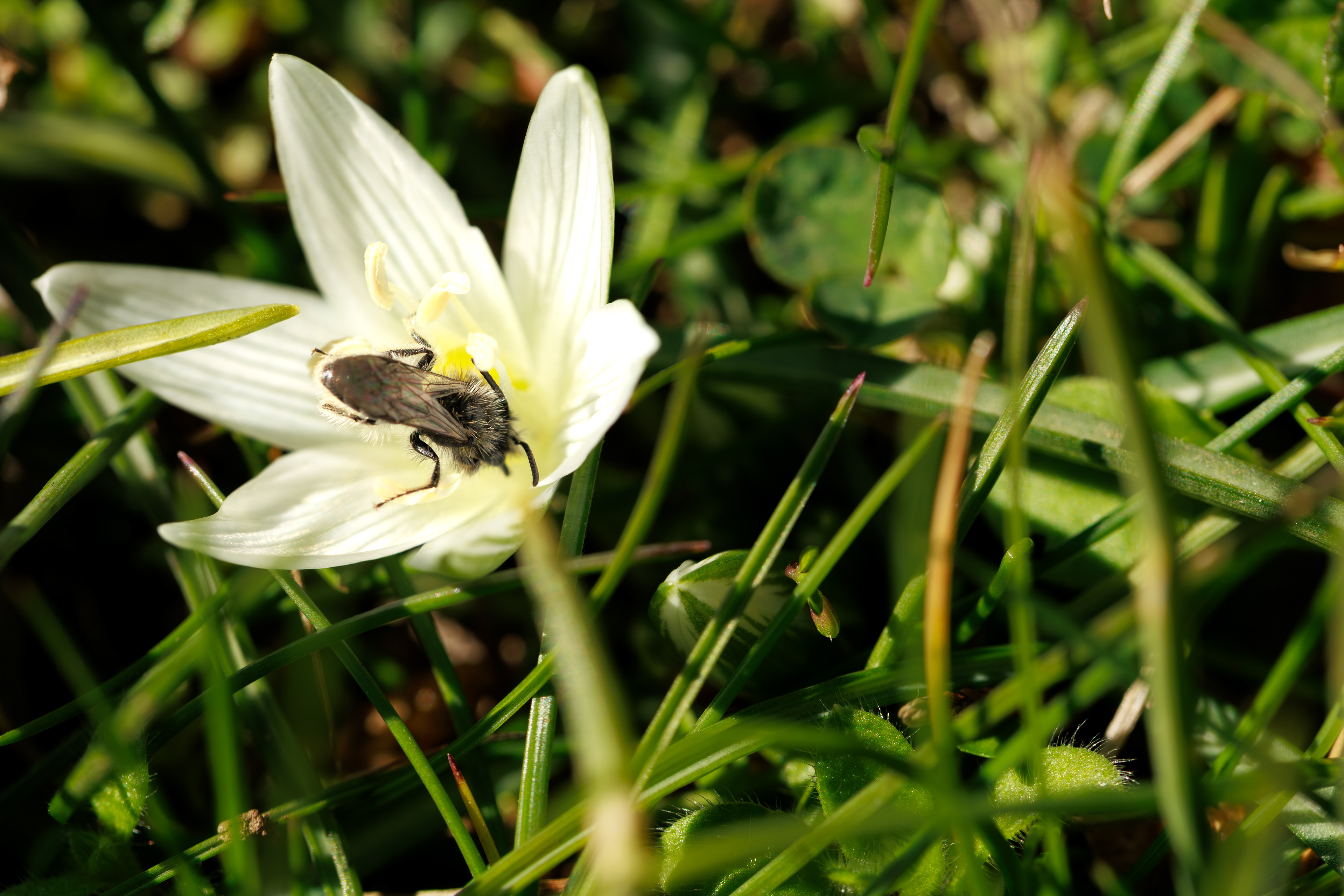
© All rights reserved. Tüm Hakları Saklıdır. Cem Kurtuluş, 2022-2026

© All rights reserved. Tüm Hakları Saklıdır. Cem Kurtuluş, 2022-2026

© All rights reserved. Tüm Hakları Saklıdır. Cem Kurtuluş, 2022-2026

© All rights reserved. Tüm Hakları Saklıdır. Cem Kurtuluş, 2022-2026
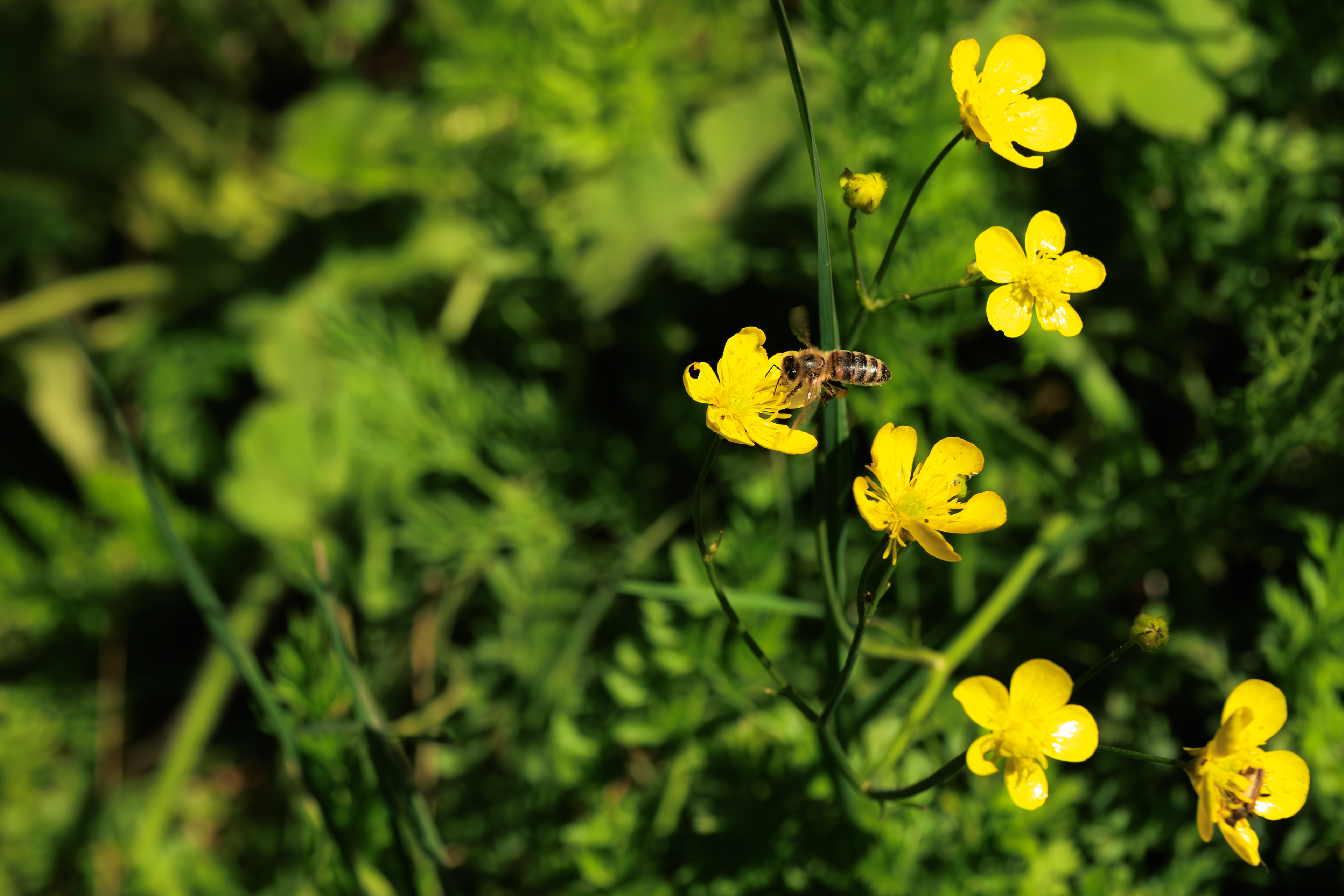
© All rights reserved. Tüm Hakları Saklıdır. Cem Kurtuluş, 2022-2026
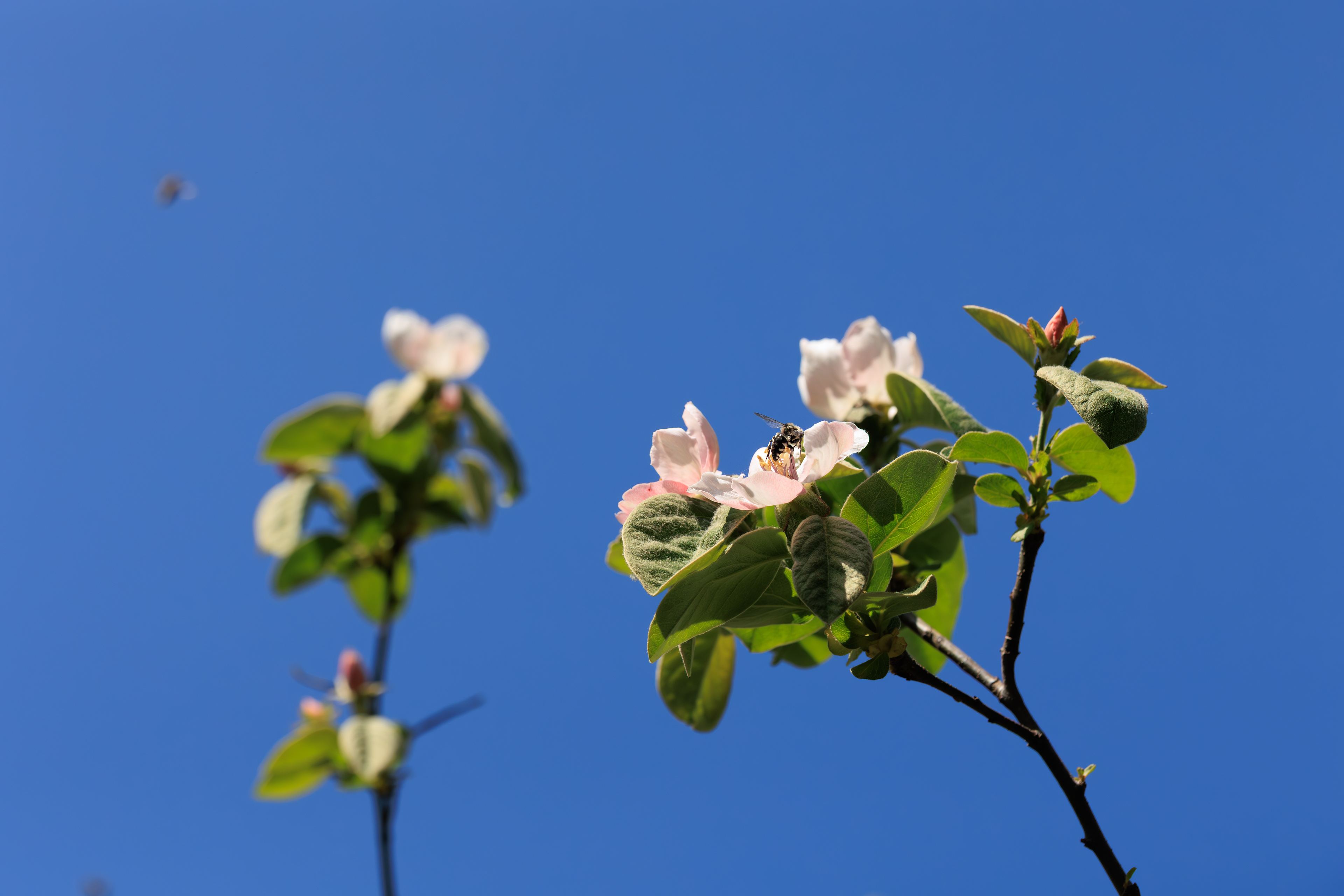
© All rights reserved. Tüm Hakları Saklıdır. Cem Kurtuluş, 2022-2026

© All rights reserved. Tüm Hakları Saklıdır. Cem Kurtuluş, 2022-2026
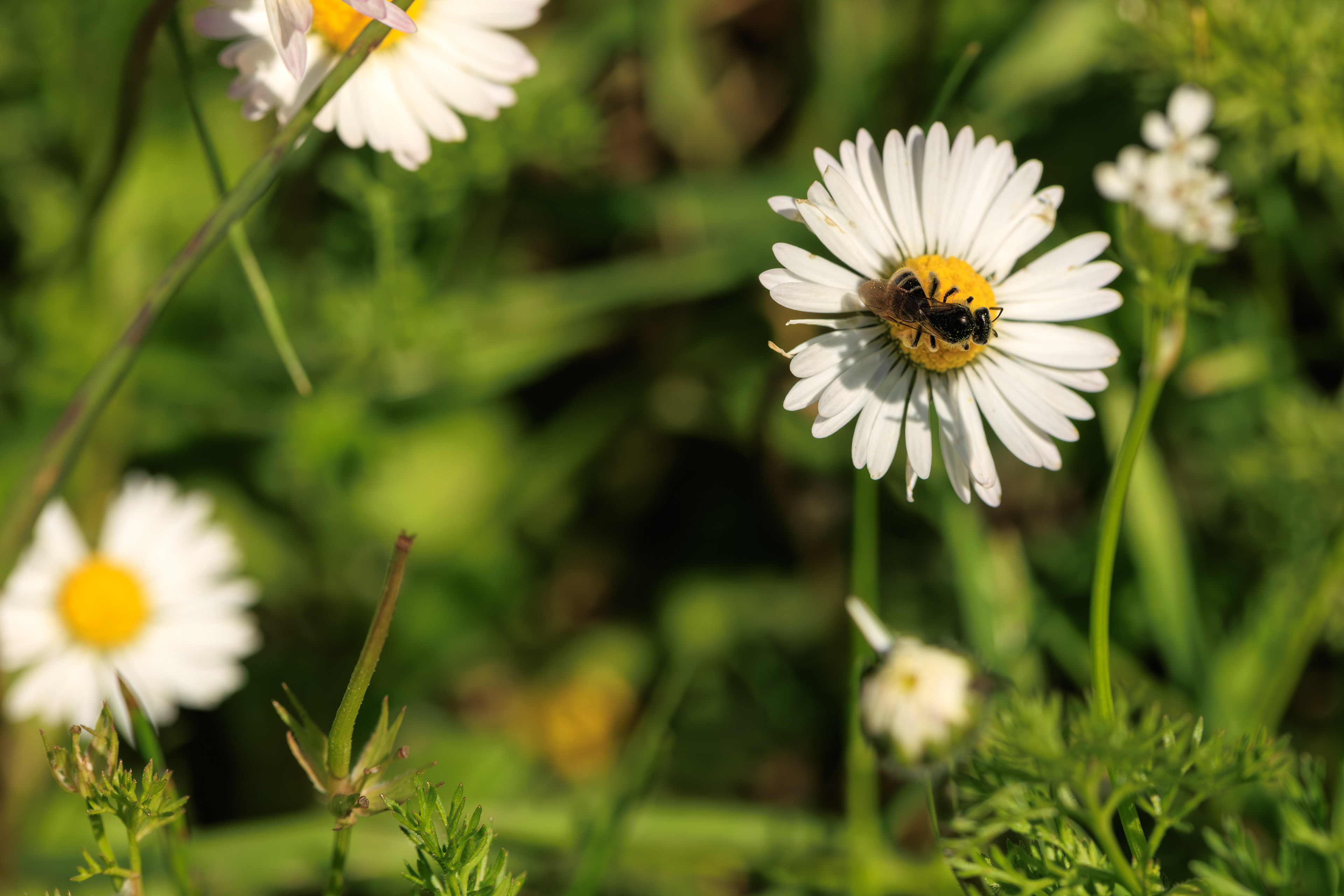
© All rights reserved. Tüm Hakları Saklıdır. Cem Kurtuluş, 2022-2026
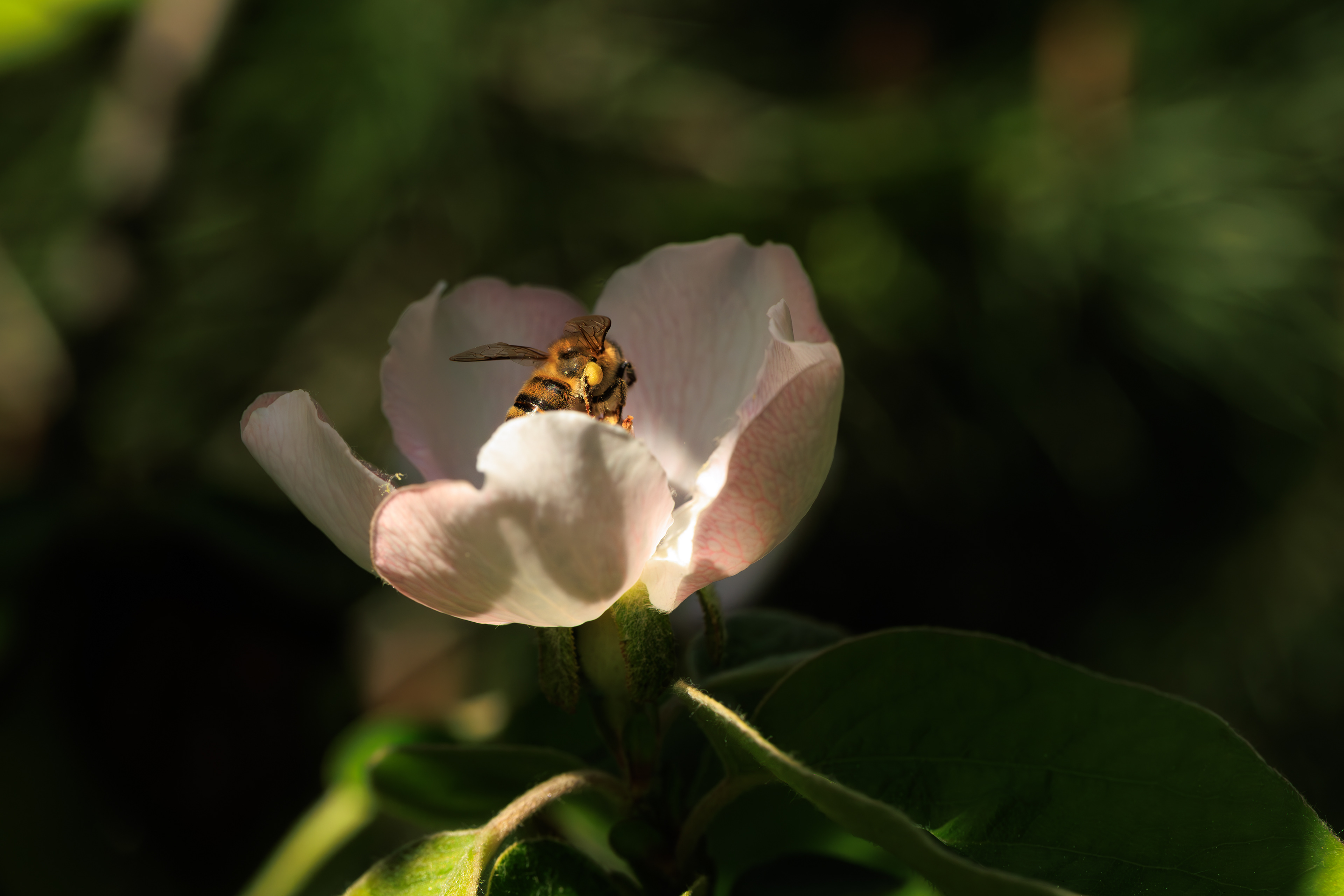
© All rights reserved. Tüm Hakları Saklıdır. Cem Kurtuluş, 2022-2026

© All rights reserved. Tüm Hakları Saklıdır. Cem Kurtuluş, 2022-2026
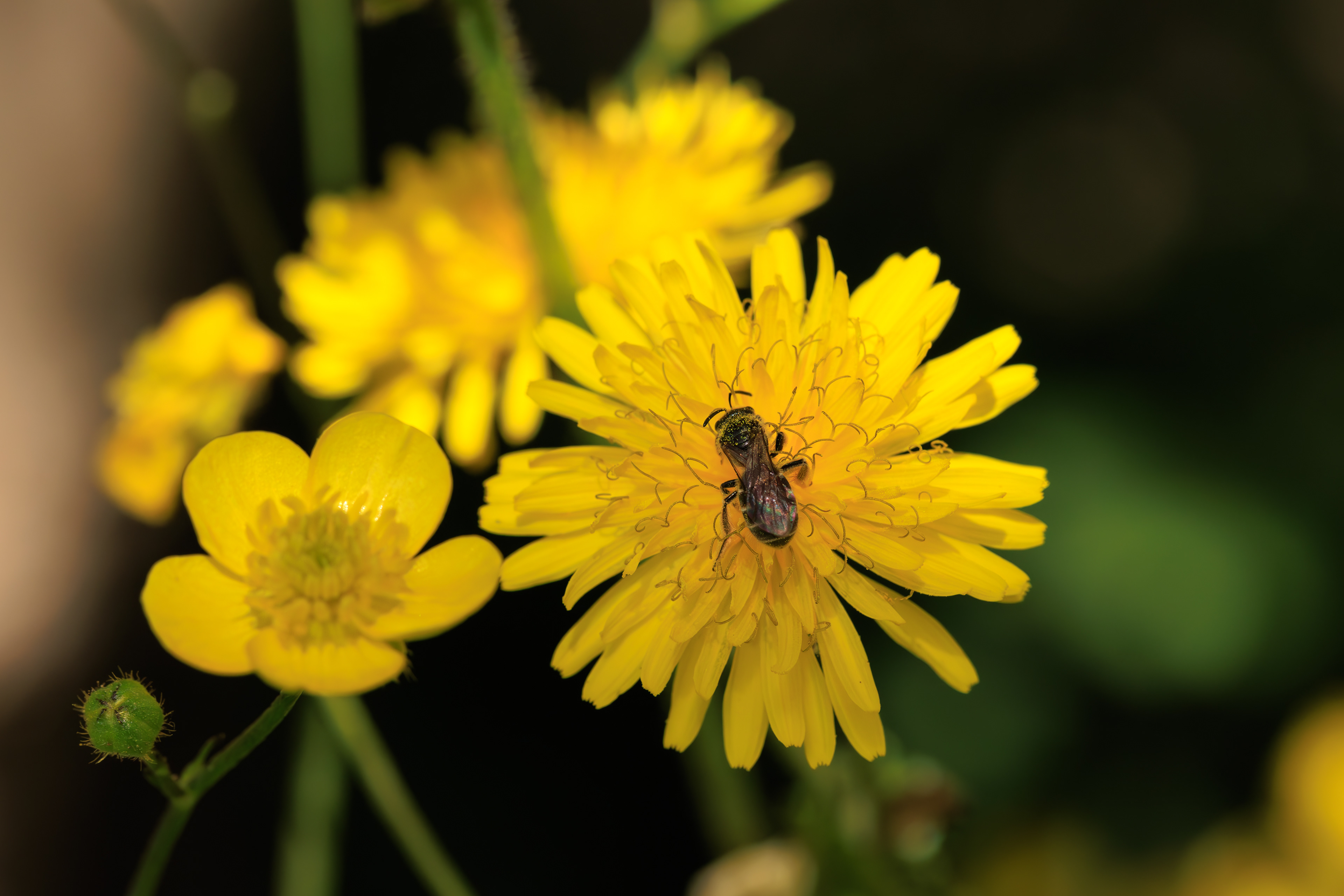
© All rights reserved. Tüm Hakları Saklıdır. Cem Kurtuluş, 2022-2026
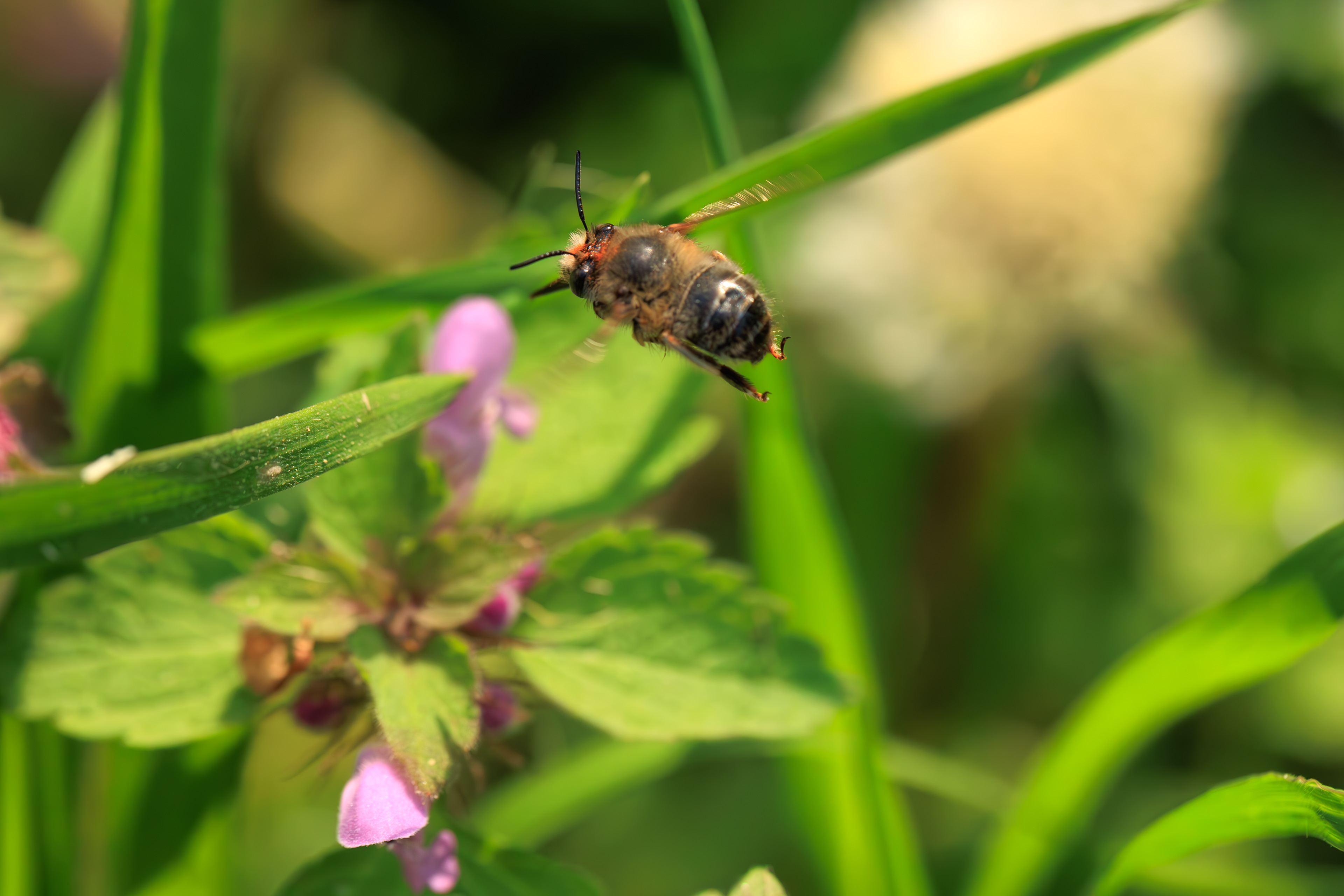
© All rights reserved. Tüm Hakları Saklıdır. Cem Kurtuluş, 2022-2026
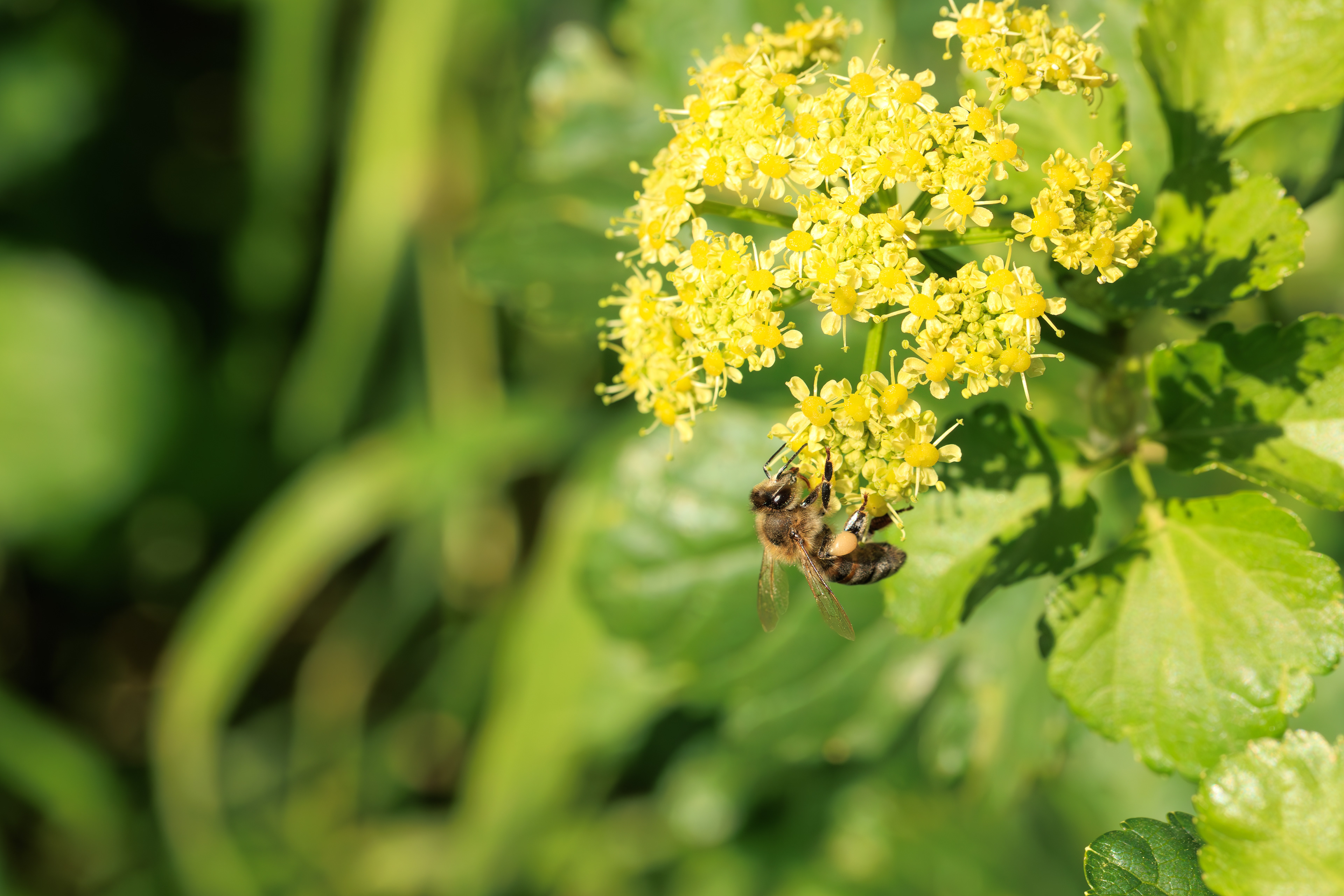
© All rights reserved. Tüm Hakları Saklıdır. Cem Kurtuluş, 2022-2026
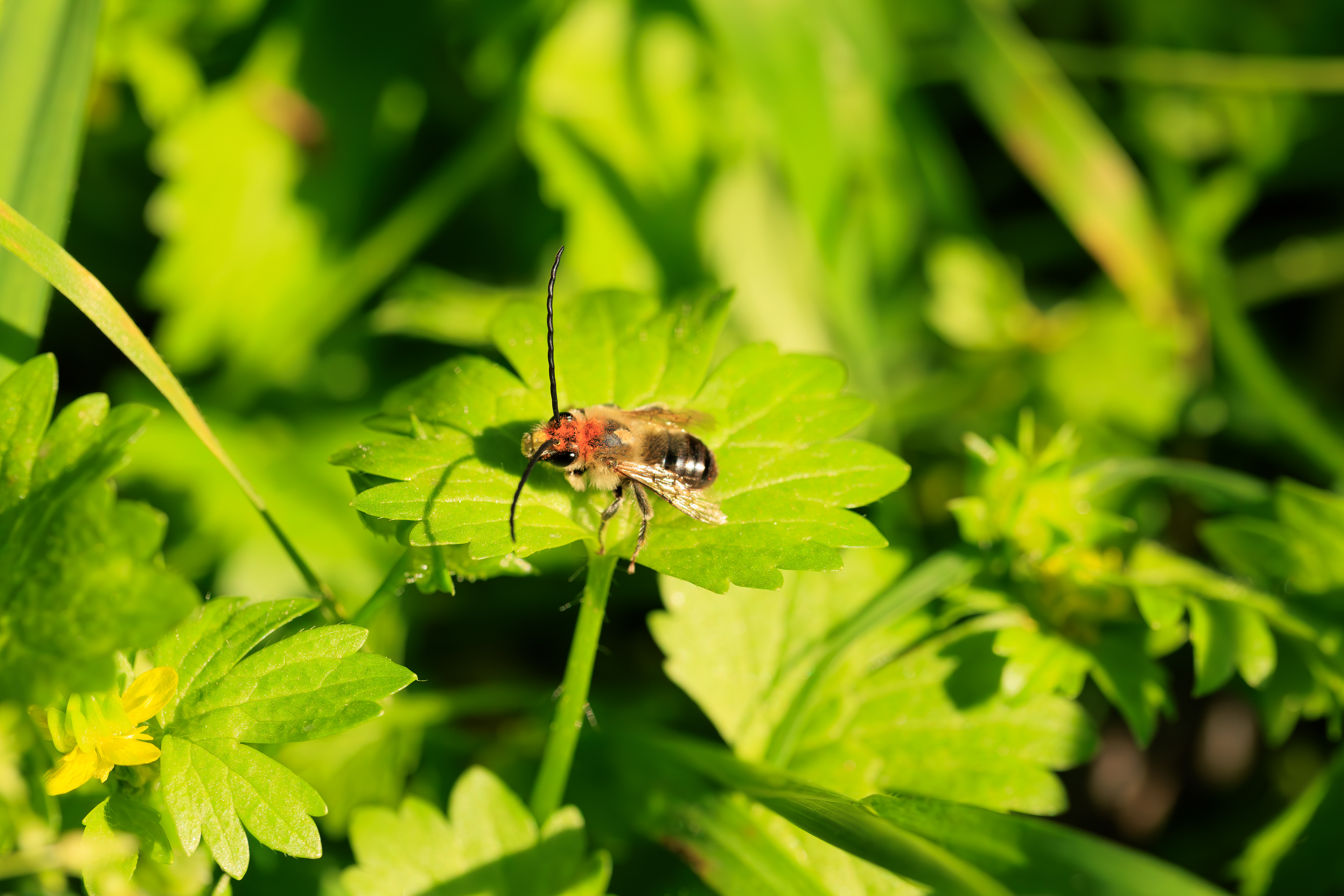
© All rights reserved. Tüm Hakları Saklıdır. Cem Kurtuluş, 2022-2026

© All rights reserved. Tüm Hakları Saklıdır. Cem Kurtuluş, 2022-2026

© All rights reserved. Tüm Hakları Saklıdır. Cem Kurtuluş, 2022-2026
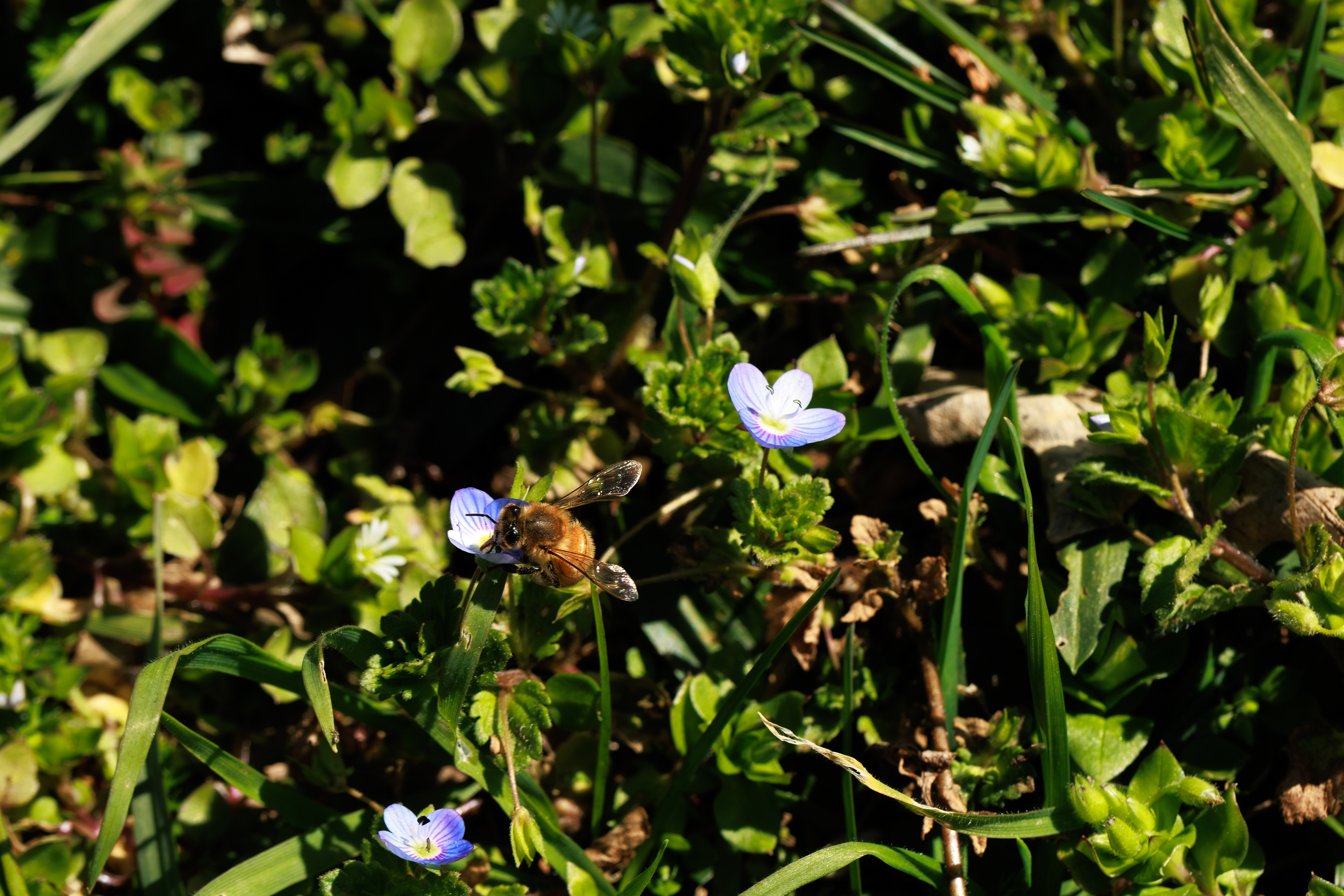
© All rights reserved. Tüm Hakları Saklıdır. Cem Kurtuluş, 2022-2026






